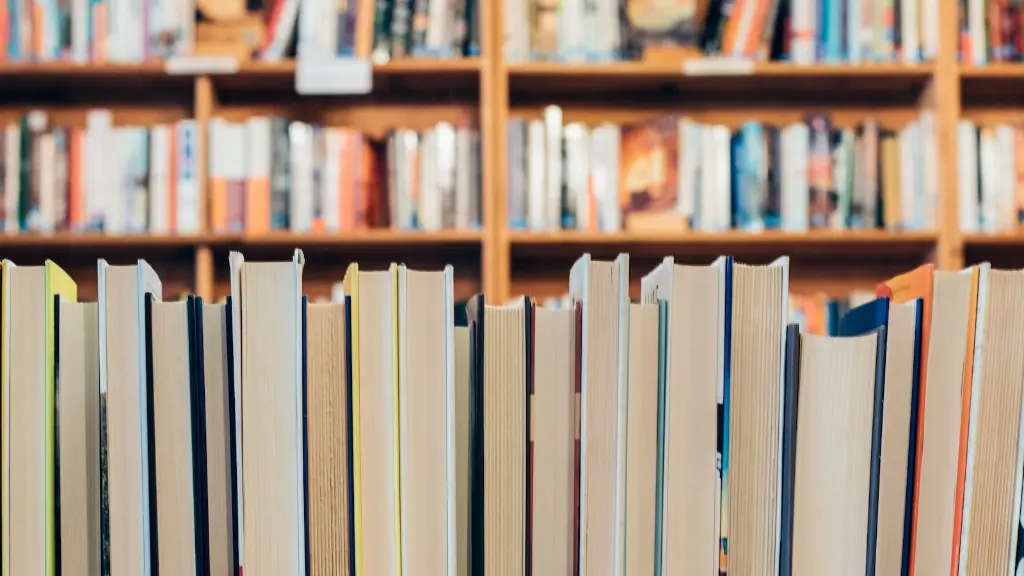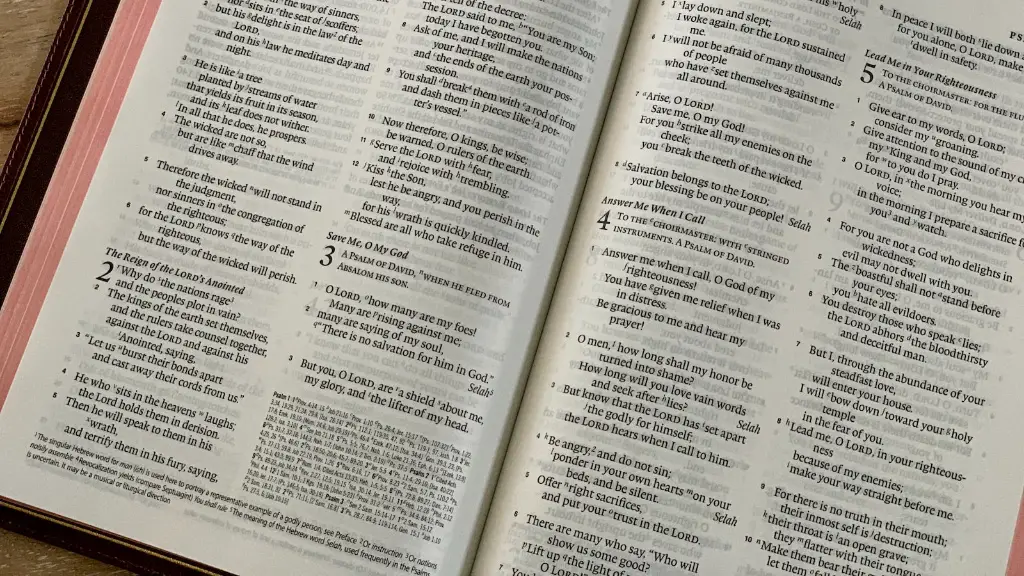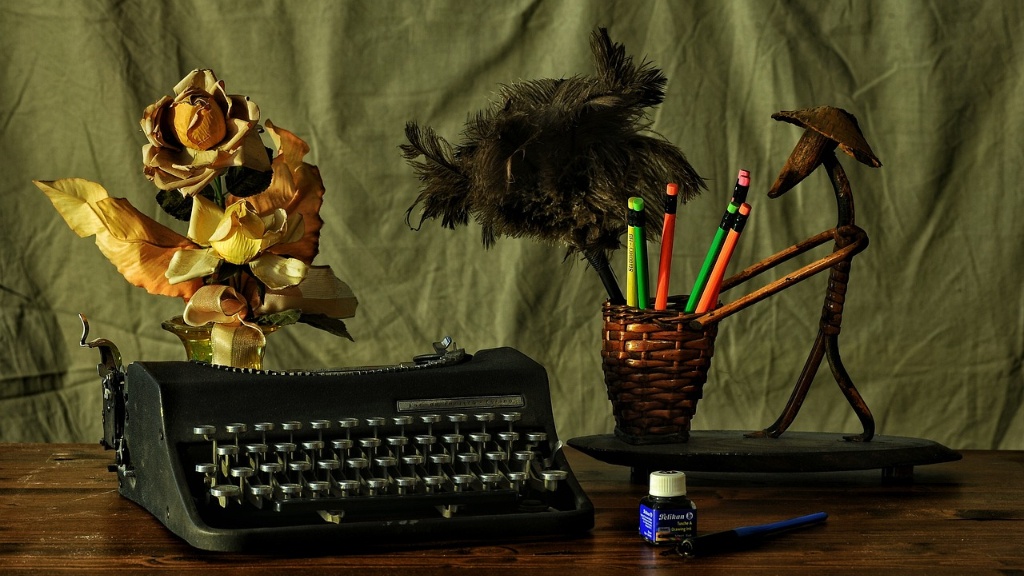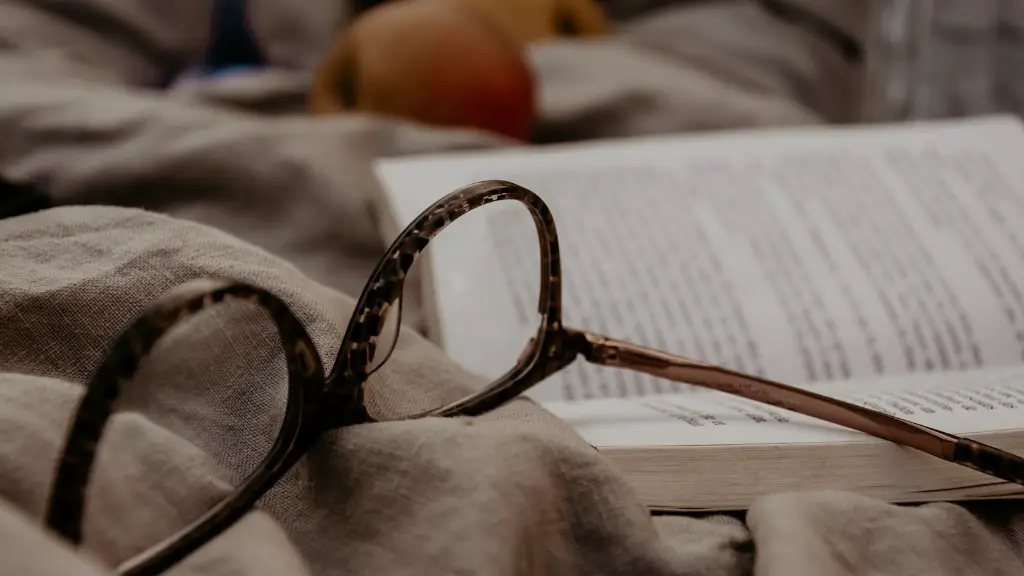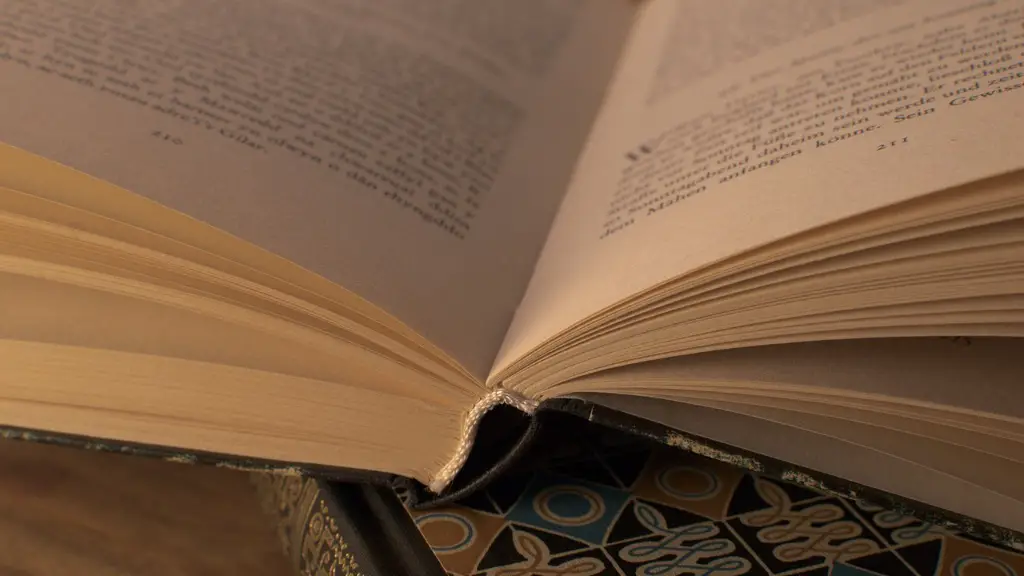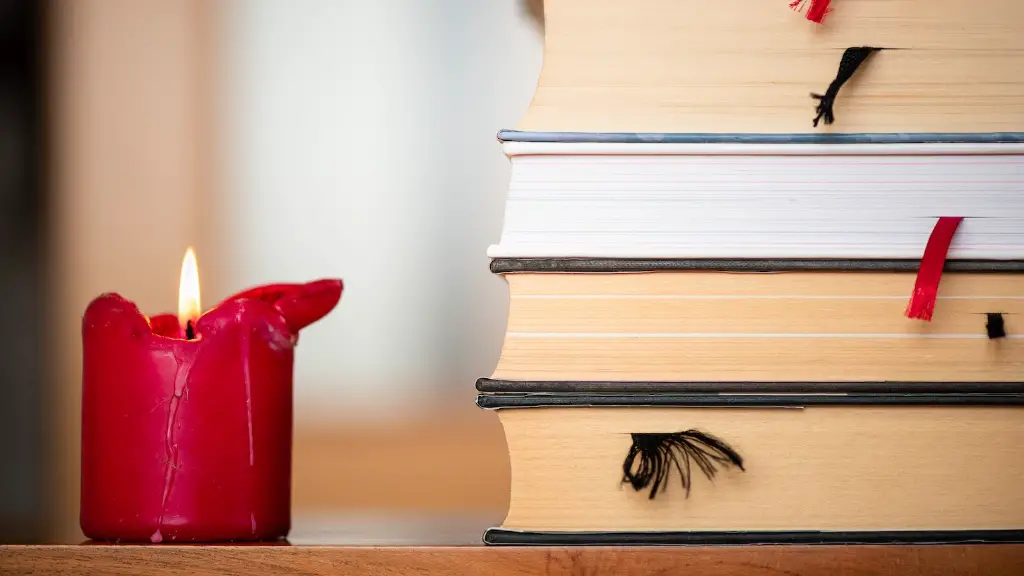Imagery in poetry is one of the most powerful and beautiful elements of the art form. It is the use of words or phrases to evoke vivid mental images in readers. In essence, imagery brings a poem to life and makes it more enjoyable for readers. It helps to draw readers in and make them feel as if they are actually experiencing something in a real life setting. To truly understand what imagery in poetry is, you must understand how it works.
Imagery uses descriptive language to create mental pictures for readers. It can incorporate such things as sight, taste, smell, sound, and touch. By using sensory language and vivid descriptions, a poet is able to evoke strong emotions in readers and make them feel like they are living the poem along with the writer. Imagery often uses metaphors and similes to craft a deeper understanding of the poet’s message and feelings.
Experts agree that imagery in poetry can help to convey a powerful message that can strike a chord in readers. According to Dr. Laurie Krieg, a professor in the English department at Florida State University, “Imagery is a powerful literary device…It can make abstract concepts more concrete, thus enabling readers to more clearly understand and visualize the poet’s message.” Furthermore, Krieg explains that imagery can help to “heighten the poetic experience” for readers. By evoking strong mental imagery, poets are able to make readers feel like they are being transported to another world or experience. It is one of the most important elements of poetry and many of the greatest works of literature have used imagery as a powerful tool.
In addition to portaying vivid mental images and conveying powerful messages, imagery in poetry is also often used to enhance the mood of a poem. Poets can use imagery to create a sense of dark or sinister atmosphere, or a cozy feeling of warmth and safety. Using the right words and imagery, a poet can evoke all sorts of emotions in readers and leave them feeling the same way the poet did when the poem was written.
Although imagery is a powerful tool, it can also be overused. If a poem is too heavily reliant on imagery, it can become cliched and shallow. When too many unrelated images are jammed together, it can leave readers feeling confused and disoriented. As such, it is important to use imagery with caution and only when it is necessary.
Overall, imagery in poetry is a powerful tool that can help to create vivid mental images, convey strong messages, and enhance the mood of a poem. It is a timeless tradition in the poetic art form and when used correctly it can create meaningful, memorable experiences for readers.
Effects and Significance
The effects and significance of imagery in poetry are far-reaching. First and foremost, it allows poets to create powerful mental images that resonate with readers and help to convey meaning and emotion. It also allows poets to connect more deeply with readers and make them feel like they are truly experiencing the poem. Furthermore, imagery can be used to trigger powerful emotional responses from readers and make them feel the same way the poet did when the poem was written.
On a larger scale, the use of imagery in poetry can help to break down the boundaries between writer and reader and foster a greater understanding and appreciation of the art form. It can also help to bridge cultural and social divides, allowing writers to create works of literature that can be widely enjoyed by audiences from many different backgrounds.
Furthermore, imagery in poetry can also help to highlight certain themes and ideas. By evoking vivid mental pictures and creating powerful emotions, poets can draw attention to key issues in their works and help to make them more accessible to readers.
Finally, imagery in poetry can also be used to help writers express their own thoughts and feelings more accurately. By using the right words and images, writers can find new ways of looking at the world and create unique, meaningful works that inspire and move readers.
Technqiues
There are many techniques that can be used to create effective imagery in poetry. The most important thing is to use words and phrases that resonate with readers and evoke strong mental images. Strong verbs and nouns can help to create vivid mental pictures and bring the poet’s message to life. It is also important to use sensory language, as this can help to make the poem more engaging and bring the reader into the poem’s world.
Furthermore, poets should also be aware of their use of metaphors and similes, as these can be powerful tools for creating imagery. These figures of speech can help to paint concrete images in readers minds and bring the poet’s message to life. Poets should also think critically about their use of imagery and be careful not to use too much in one poem or within a single stanza.
It is also a good idea for poets to expand their range of vocabulary when writing imagery poems. By using unique words and phrases, poets can create fresh and interesting images in readers’ minds and bring their message to life in a compelling way.
In addition, poets should also look for the hidden layers of meaning in their work. By mining their own experiences and exploring different interpretations, poets can find deeper levels of meaning and create more effective imagery in their works.
Types of Imagery
There are many types of imagery in poetry, and each type can convey different messages and evoke different emotions in readers. The most common types of imagery in poetry are visual, auditory, olfactory, gustatory, and tactile. Visual imagery is the type of imagery that is the most commonly used, as it uses words and phrases to create vivid mental images in readers’ minds. Auditory imagery is the use of words to evoke sounds and is often used to create an atmosphere in a poem. Olfactory imagery is the use of words to evoke smells, while gustatory imagery is the use of words to evoke tastes. Finally, tactile imagery is the use of words to evoke physical sensations.
These are the five main types of imagery that poets use in their works, and each type can be powerful in its own way. Choosing the right type of imagery for a poem is an important part of crafting successful works, as using the wrong type of imagery can lead to ineffective results.
In addition to the five main types of imagery, there are also more abstract forms of imagery, such as emotional and spiritual imagery. Emotional imagery is the use of words to evoke certain emotions in readers, while spiritual imagery is the use of words to depict higher states of consciousness or spiritual experiences. Poets often use a combination of these types of imagery to create works that go beyond the ordinary.
Modern Examples
Some examples of poets who have used imagery to great effect in their works include W.B. Yeats, T.S. Eliot, and Walt Whitman. In his poem “The Second Coming,” Yeats uses powerful imagery and metaphors to create a sense of impending doom and upheaval. T.S. Eliot’s poem “The Waste Land” uses vivid imagery to depict the sense of disillusionment and despair felt by the post-World War I generation. Walt Whitman’s poem “Song of Myself” is full of vivid imagery that brings to life the American experience and highlights the beauty of nature.
Today, many modern poets are also using imagery to great effect in their works. The Canadian poet Margaret Atwood is renowned for her use of imagery to explore themes of gender, identity, and nature. The American poet Sherman Alexie uses imagery to explore the plight of Native Americans living in the United States. British poet Robert Frost is known for his use of vivid imagery to depict the beauty of the natural world.
Methods of Delivery
The methods that poets use to deliver their imagery can vary immensely. One method is the use of abstract, lyrical language that allows readers to draw their own conclusions from the images created. This method allows poets to give readers the freedom to interpret their works in different ways and simultaneously convey a meaningful message. Another method is to use metaphor and simile to craft vivid images and convey a deeper understanding of the poet’s message.
In addition, some poets prefer to use literal language and tell stories with their imagery. This method allows poets to craft detailed and engaging narratives that readers can follow and connect with more easily. Another popular method is to use allusions to historical events or literature to create vivid mental images and bring the poet’s message to life.
Finally, poets can also use imagery to promote social and political reforms. By using vivid images and powerful emotions, poets can raise awareness of crucial issues and help to spark change in society. Poets such as Maya Angelou and Langston Hughes used this technique in their works to bring attention to the plight of African Americans in America.
Conclusion
Imagery in poetry is one of the most powerful and timeless elements of the art form. It allows poets to create vivid mental pictures, convey powerful messages, and evoke strong emotions in readers. Poets can use many different techniques and methods to craft effective imagery in their works and make their poems more memorable and meaningful. Today, many poets are using imagery to great effect in their works and helping to bridgecultural divides and spark social and political change.
